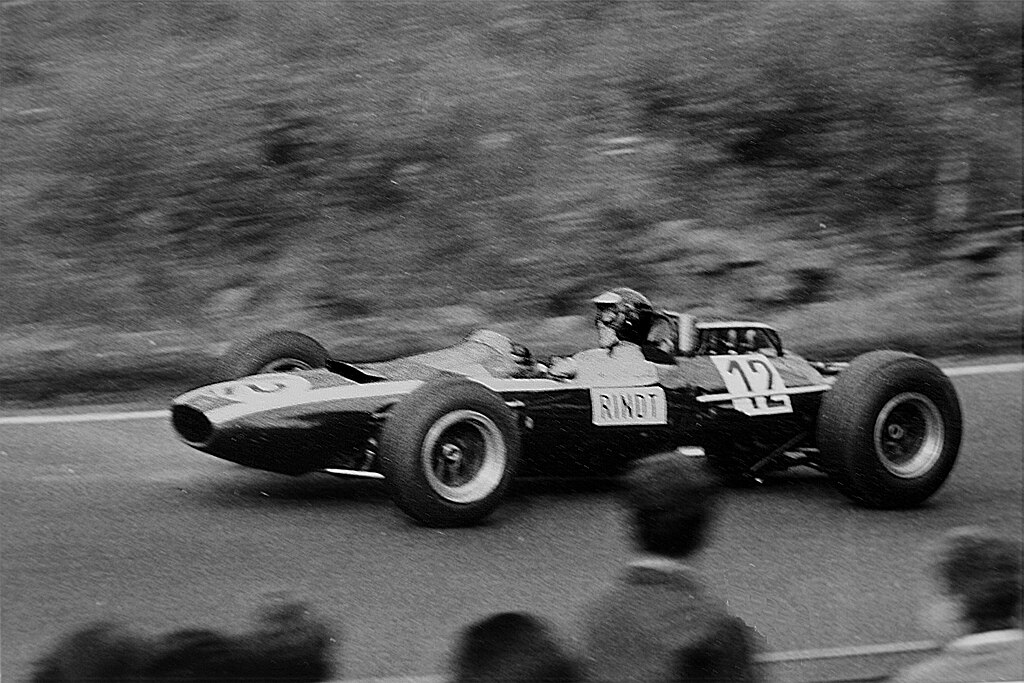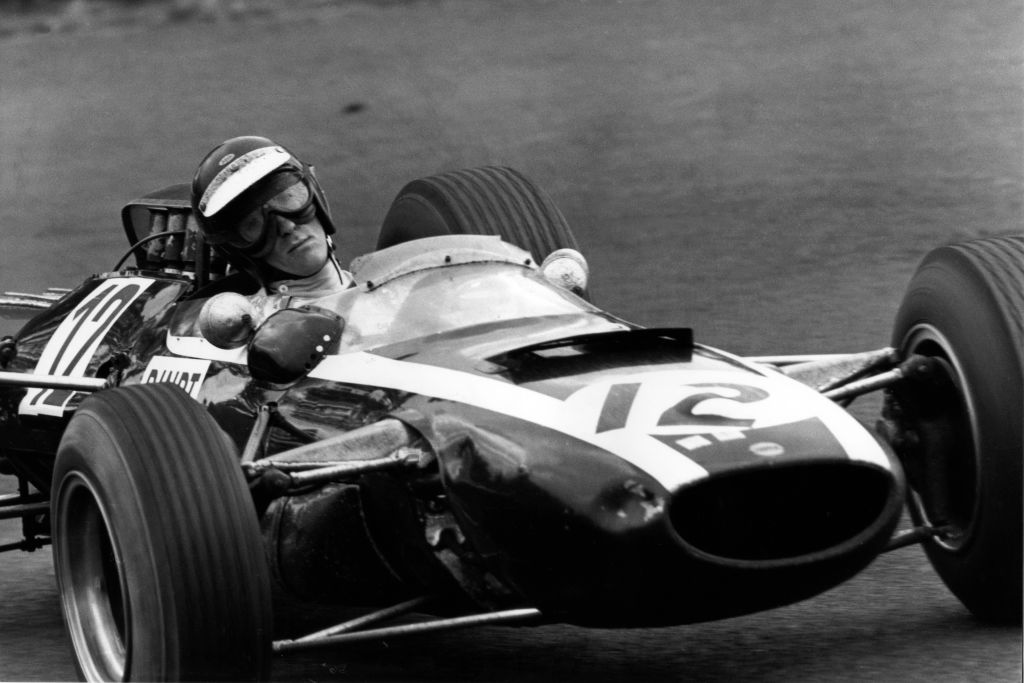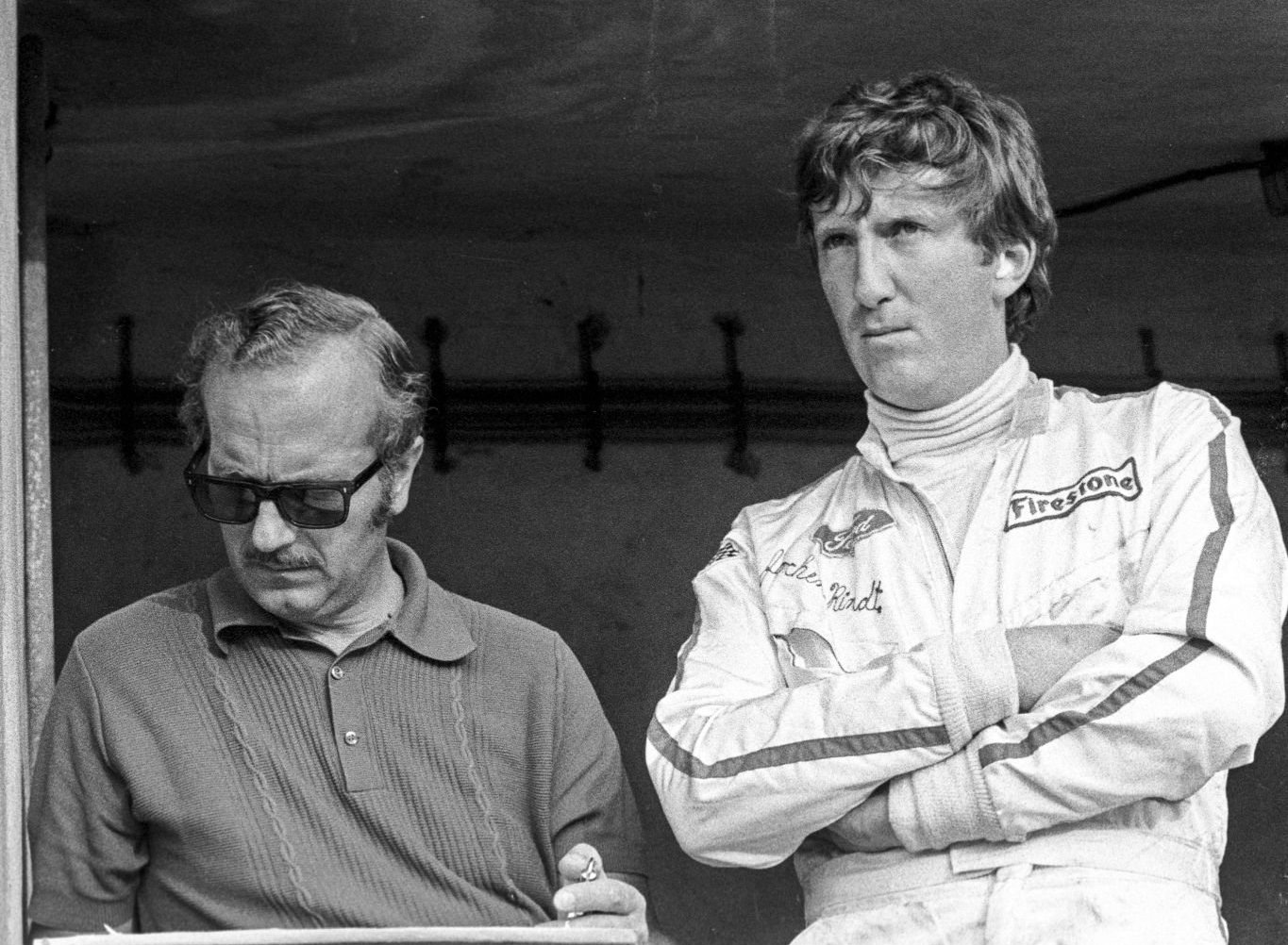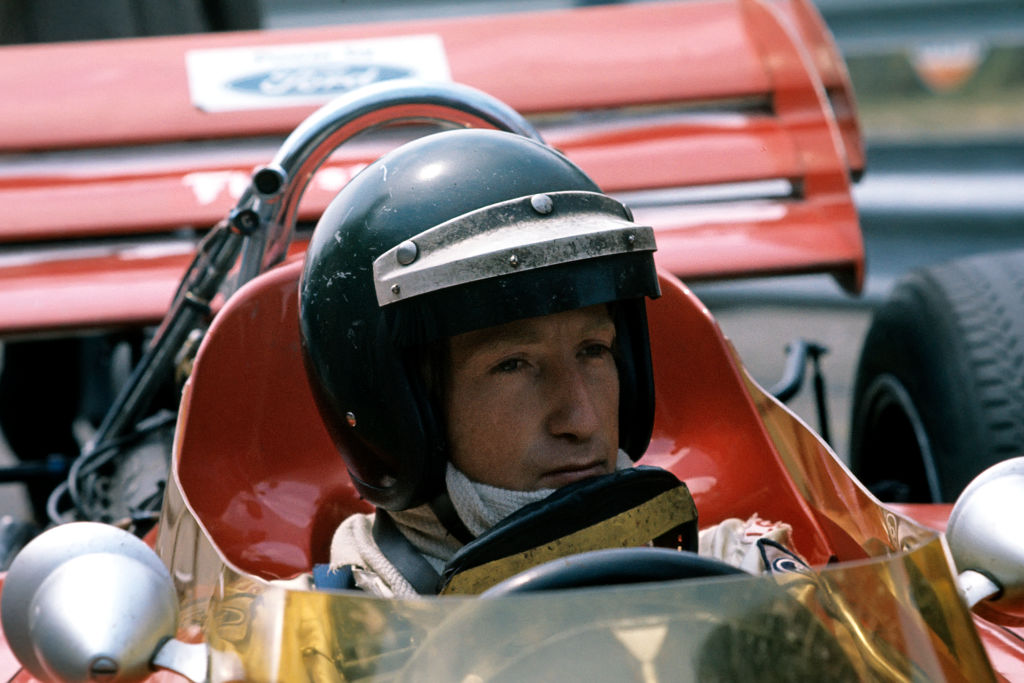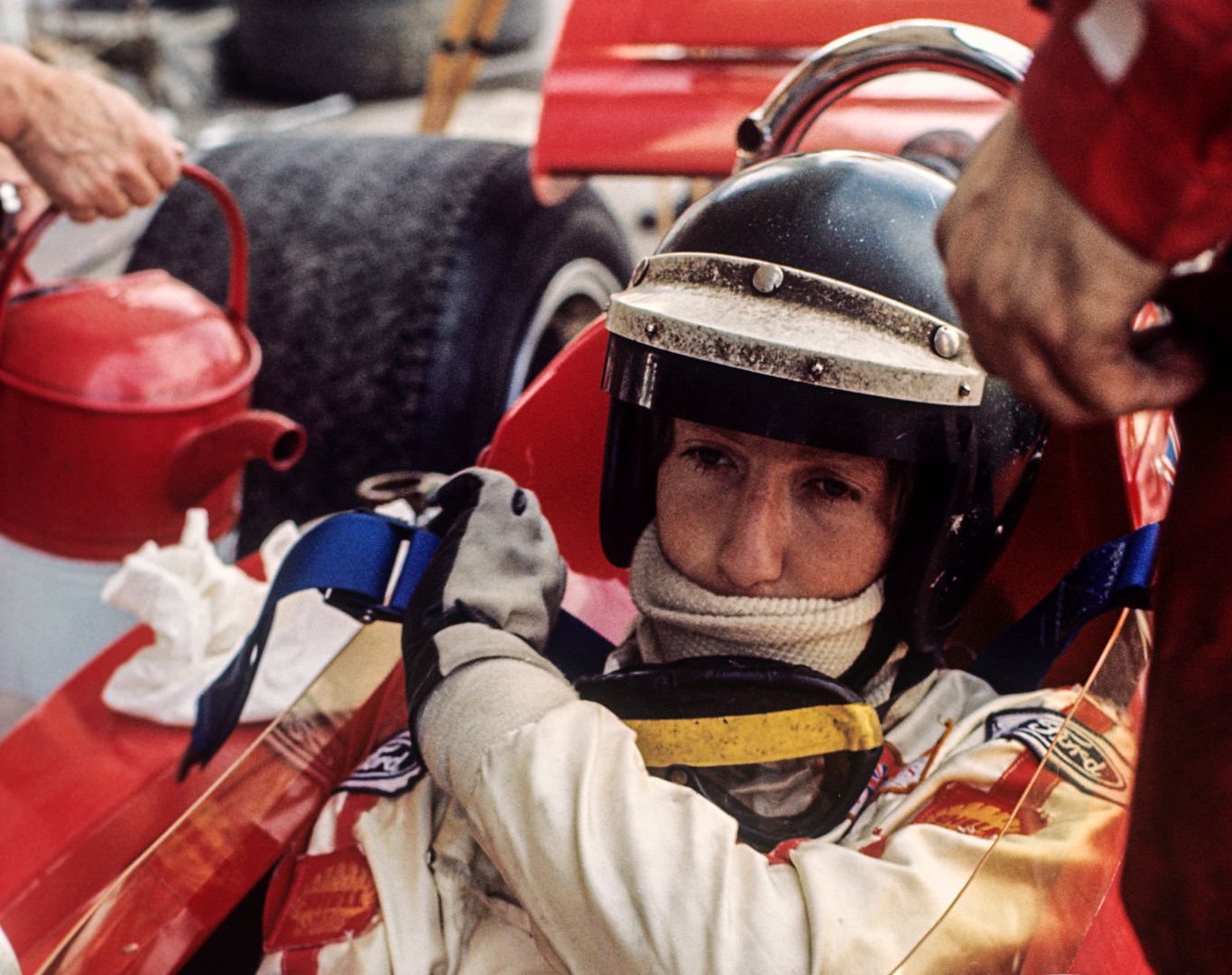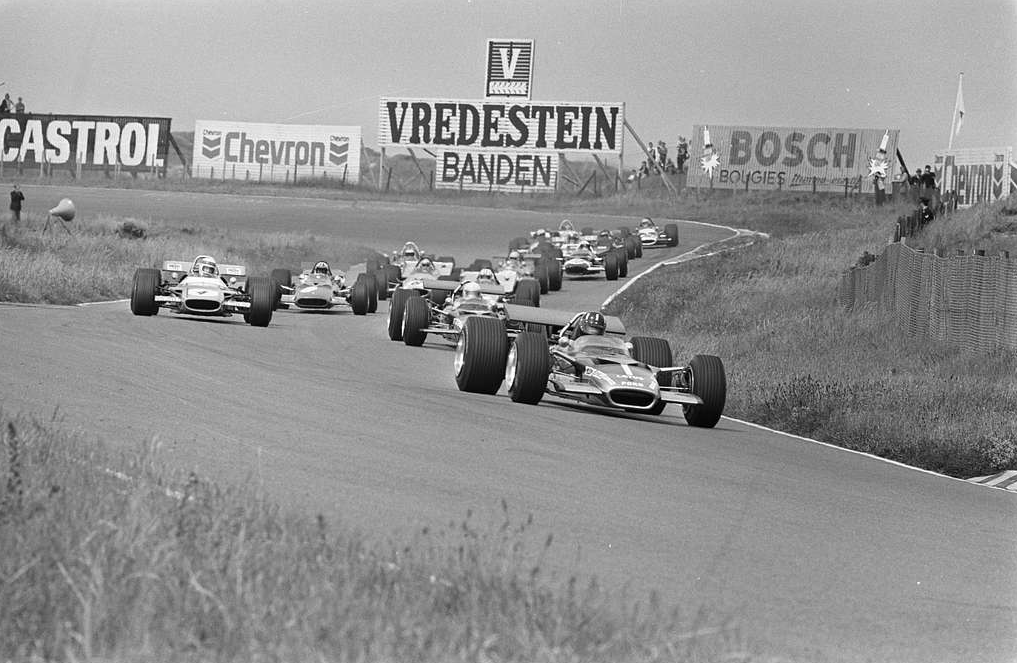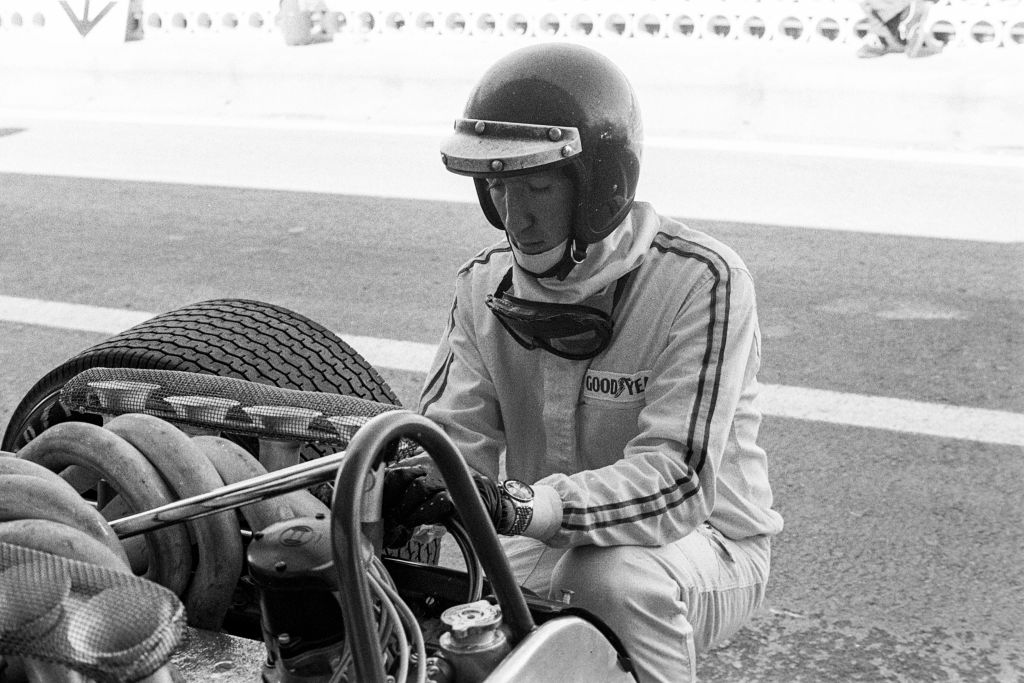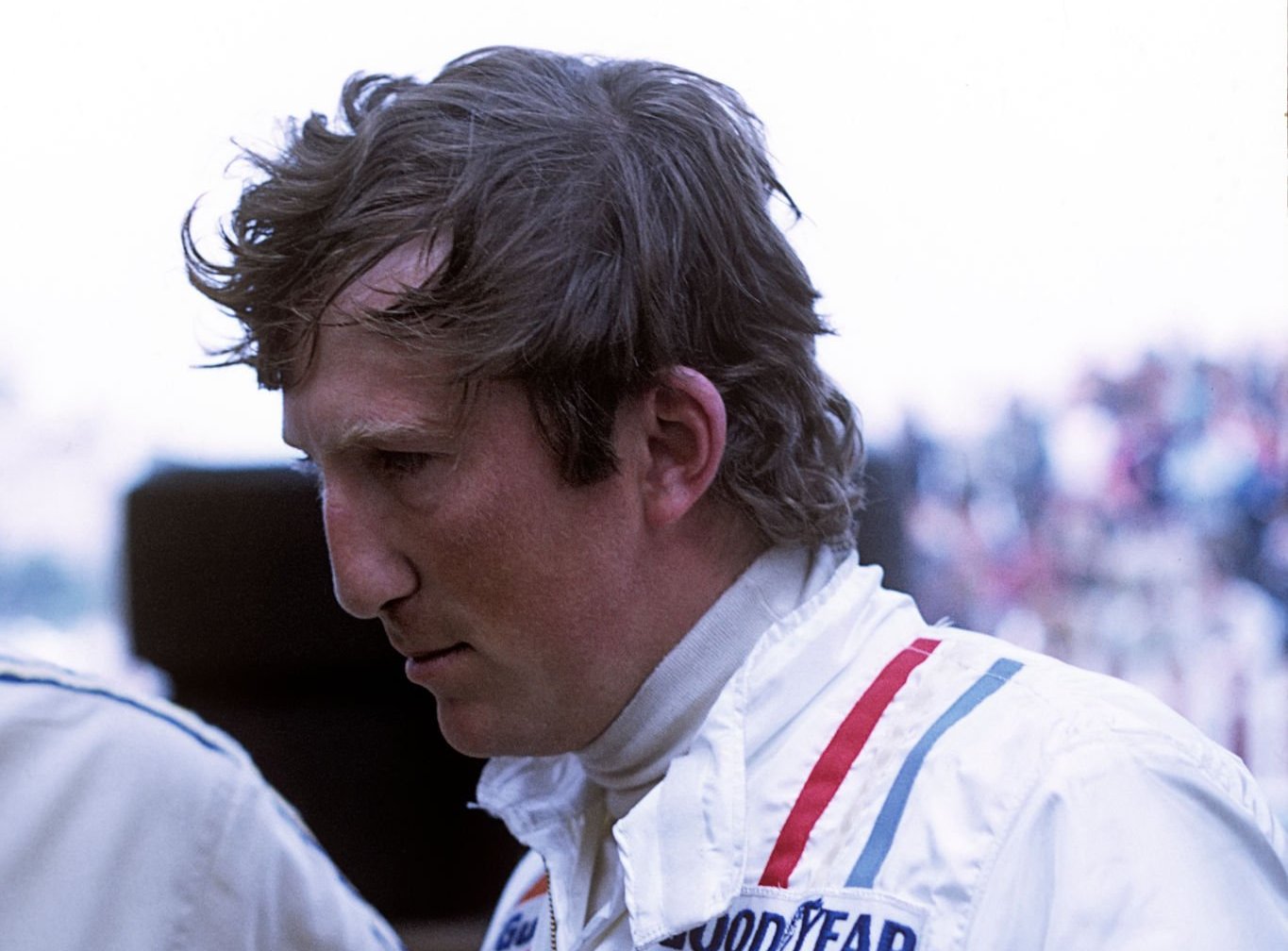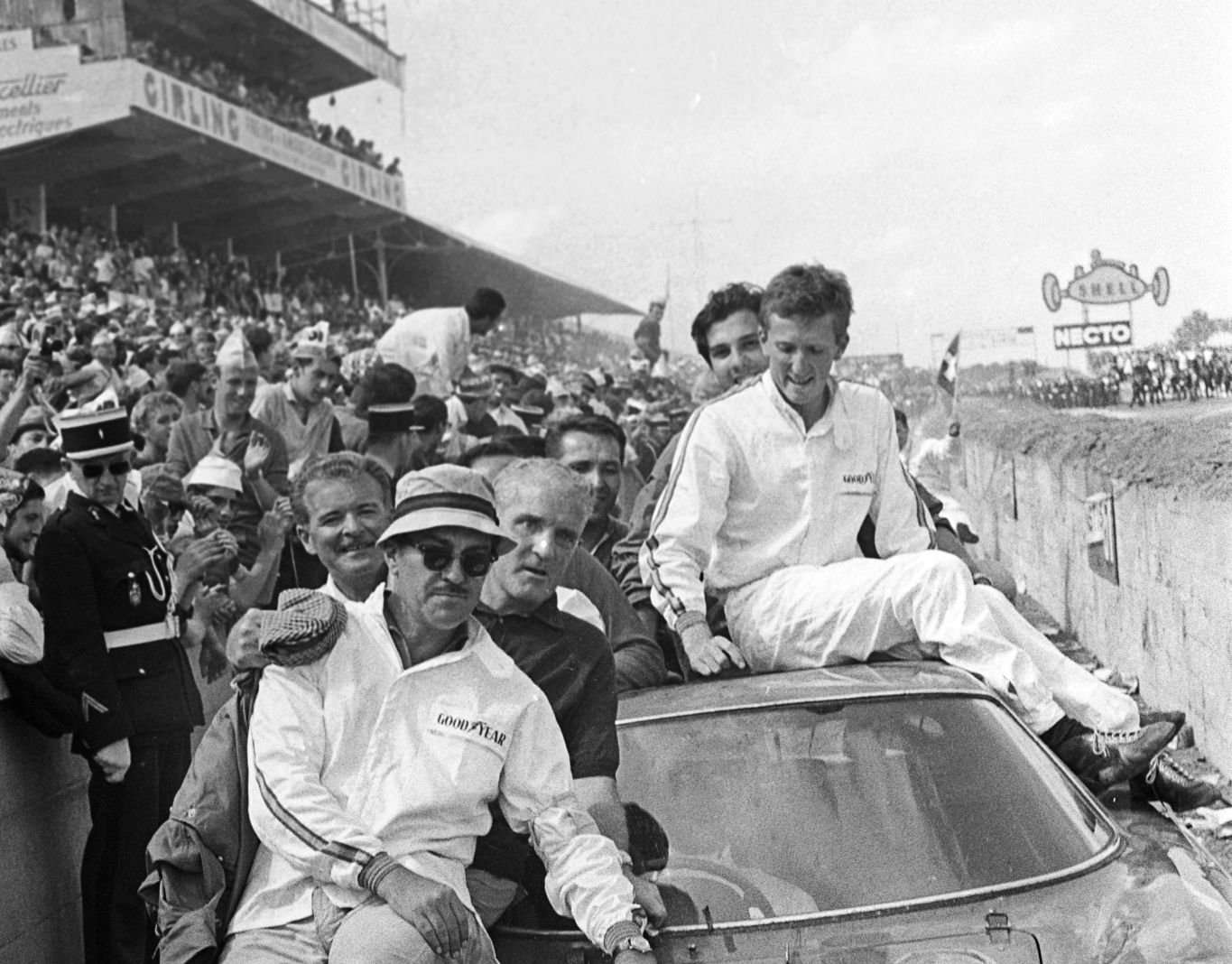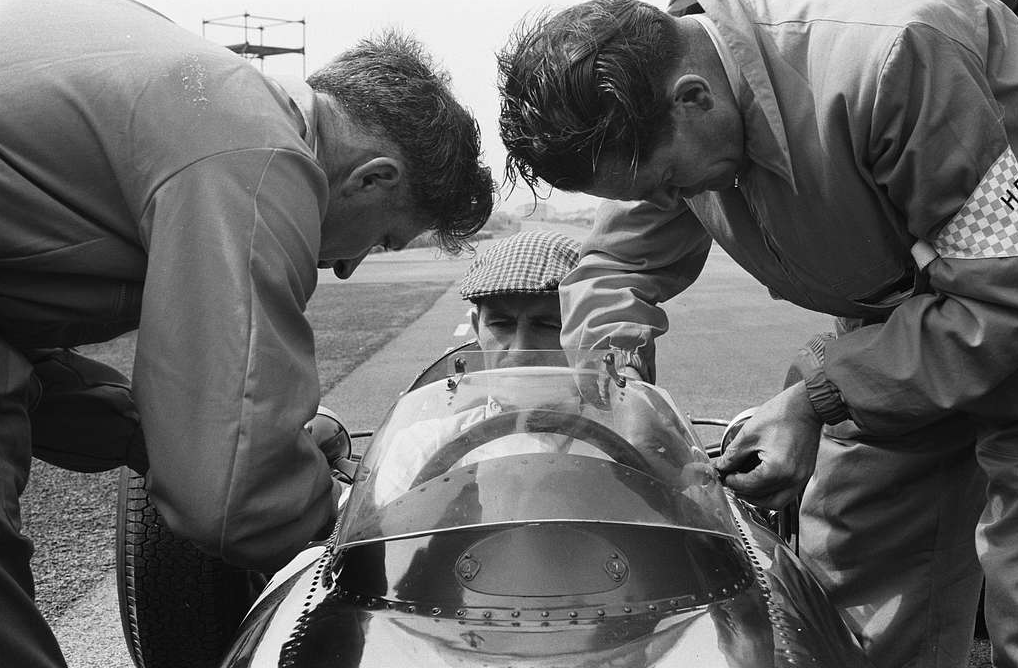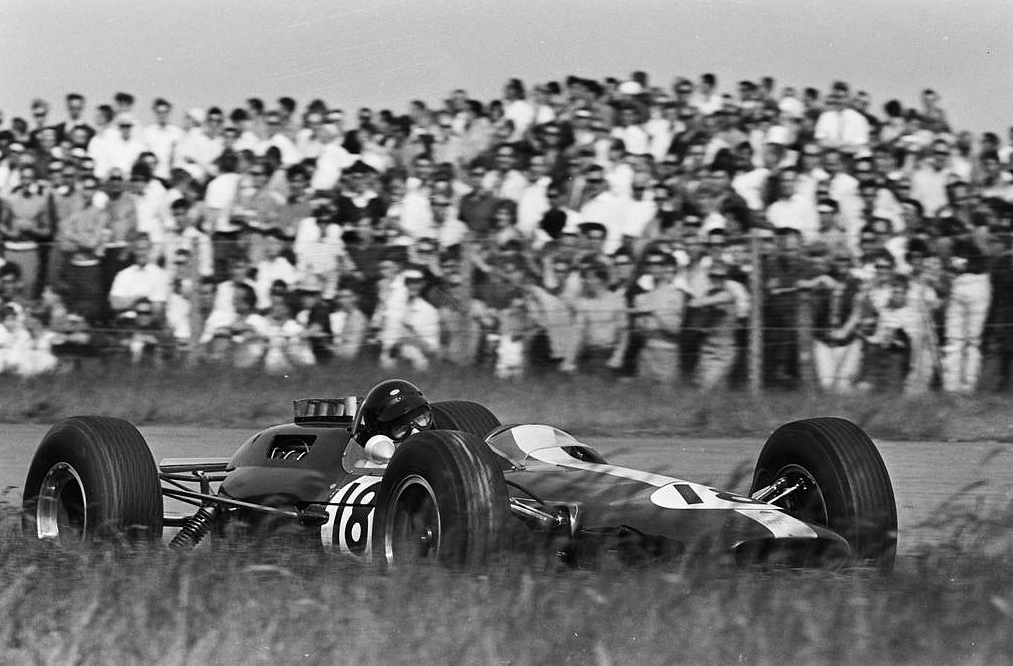The Only F1 Driver To Posthumously Win A Grand Championship
In 1970, Jochen Rindt became the only driver to win the Formula One World Drivers' Championship after his tragic accident at the Italian Grand Prix. He clinched the title posthumously, a record-setting achievement that stunned the motorsport world.
Six Grand Prix Victories Over Seven Seasons
Rindt racked up six Grand Prix wins throughout a seven-season career in Formula One, showcasing consistent high-level performance. His first victory came at the 1969 United States Grand Prix, signaling his arrival among the sport’s elite. Each win was hard-earned, with his racecraft and precision setting him apart on the track.
Born In Germany, Raised In Austria
Jochen Rindt was born on April 18, 1942, in Mainz, Germany, but his early life was marked by tragedy when his parents met their demise in a WWII air raid in Hamburg. He was subsequently raised by his grandparents in Graz, Austria, a change that deeply influenced his identity. This early loss played a significant role in shaping the man who would eventually race under the Austrian flag.
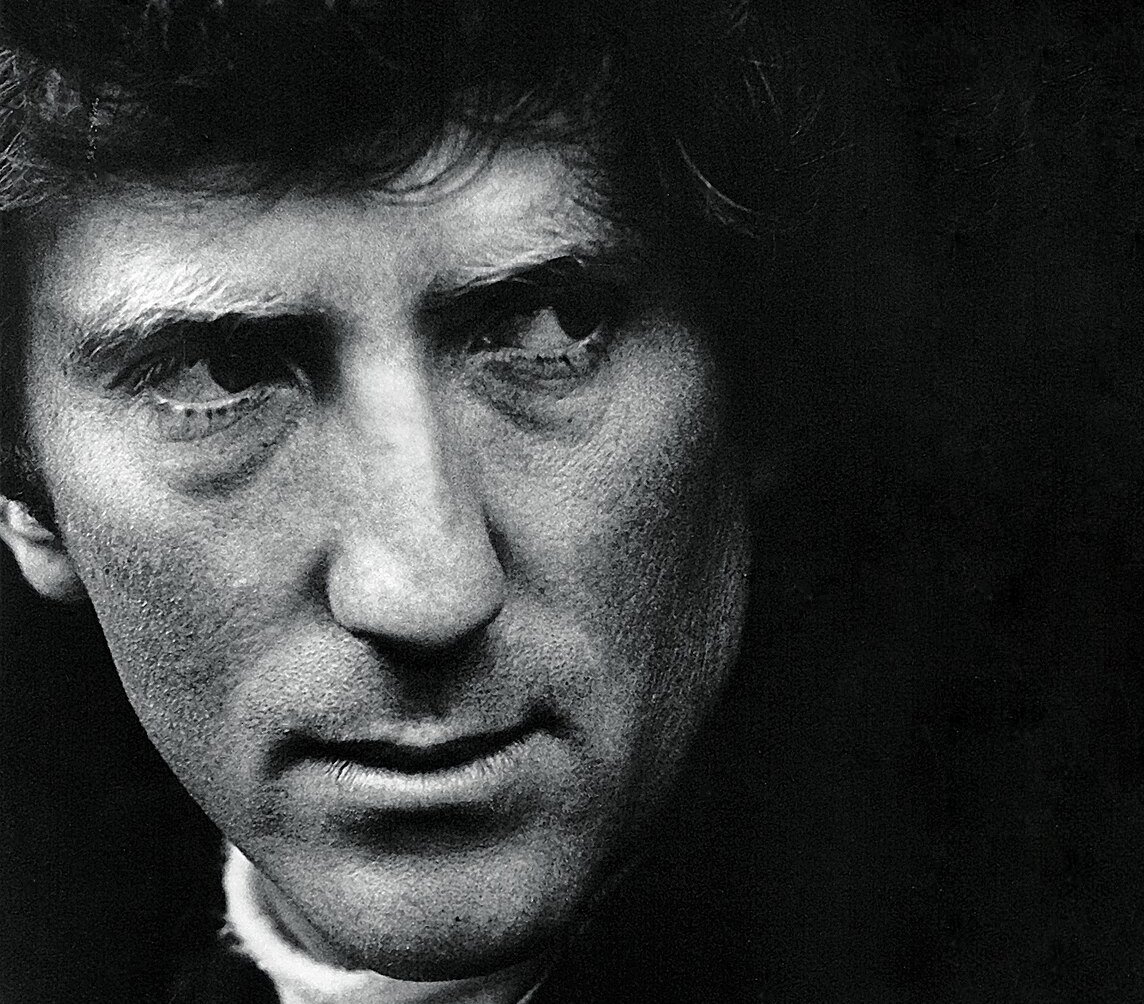 DirkHerbert, CC BY-SA 3.0, Wikimedia Commons
DirkHerbert, CC BY-SA 3.0, Wikimedia Commons
Racing With Austrian Pride
Despite his German birth, Rindt proudly raced under the Austrian flag—a nod to his upbringing and the country that embraced him after his early loss. This choice resonated with fans and helped cement his status as a national hero in Austria. Officially, he represented Austria throughout his career, a fact that added an intriguing layer to his international persona.
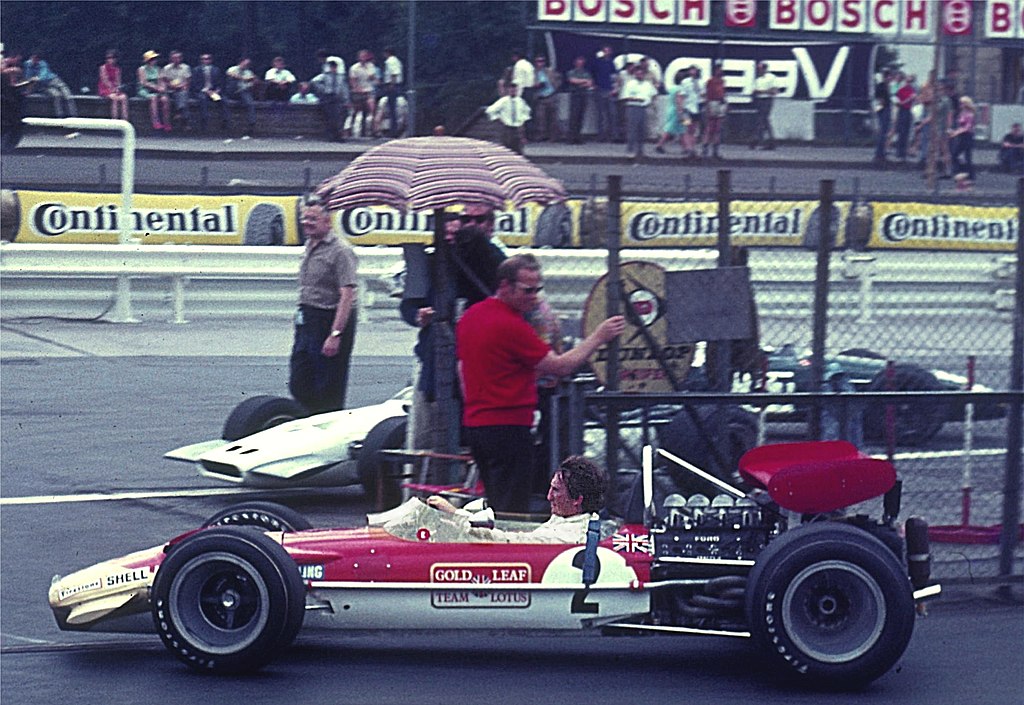 Lothar Spurzem, CC BY-SA 2.0, Wikimedia Commons
Lothar Spurzem, CC BY-SA 2.0, Wikimedia Commons
Overcoming Early Physical Setbacks
As a child, Rindt suffered a severe skiing accident that broke his femoral neck, leaving one leg 4 centimeters (about 1.5 inches) shorter than the other and causing a noticeable limp. Rather than hindering him, this physical challenge only seemed to fuel his determination to excel in high-speed racing. This incident is a testament to his resilience and unwavering commitment to defy limitations.
The Rebellious Spirit Of A Young Maverick
Rindt’s early years were marked by a rebellious streak—he was expelled from school multiple times and even drove without a license for 18 months, getting caught just one day before he was eligible to receive it. This early disregard for rules foreshadowed his future as a daring and unconventional racer. His bold, rule-bending behavior set the stage for a career defined by audacity and innovation.
A Risky Debut: Rindt’s First Foray Into Racing
His first racing experience was a memorable one, taking his grandmother’s Simca Montlhery for a spin that ended with him being black-flagged for dangerous driving. This risky debut was an early indicator of his raw talent and willingness to push boundaries. The incident underscored the fiery nature of his racing style, hinting at the high-octane career that lay ahead.
 Jonn Leffmann, CC BY 4.0, Wikimedia Commons
Jonn Leffmann, CC BY 4.0, Wikimedia Commons
Early Track Dominance
Before making his mark in Formula One, Rindt dominated Formula Two, earning the nickname "King of Formula 2". He gathered an impressive total of 29 victories despite his results not counting towards a championship due to his advanced grading. His early success in F2 laid the foundation for his later achievements on the global stage.
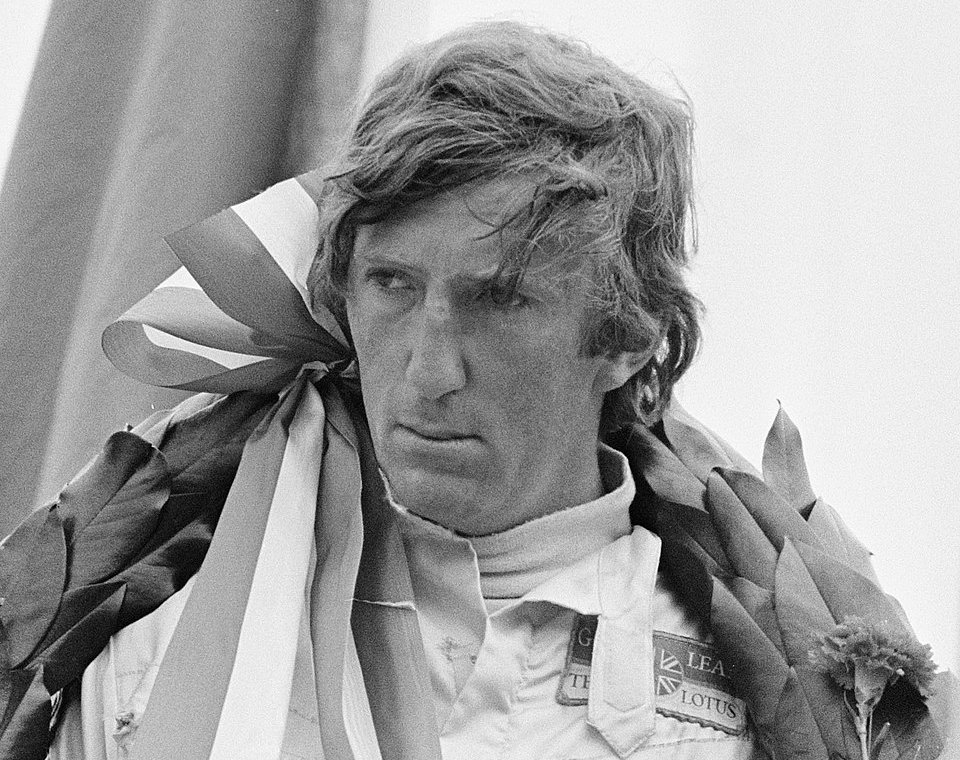 Evers, Joost, CC BY-SA 3.0, Wikimedia Commons
Evers, Joost, CC BY-SA 3.0, Wikimedia Commons
Le Mans 1965 Victory
In a stunning twist, Rindt demonstrated his versatility by winning the 1965 24 Hours of Le Mans alongside Masten Gregory in a Ferrari 250LM. Both drivers reportedly had little hope in their underdog car, yet they defied expectations in this grueling endurance race. This victory added an unexpected chapter to his career, proving that his talent wasn’t confined solely to single-seater racing.
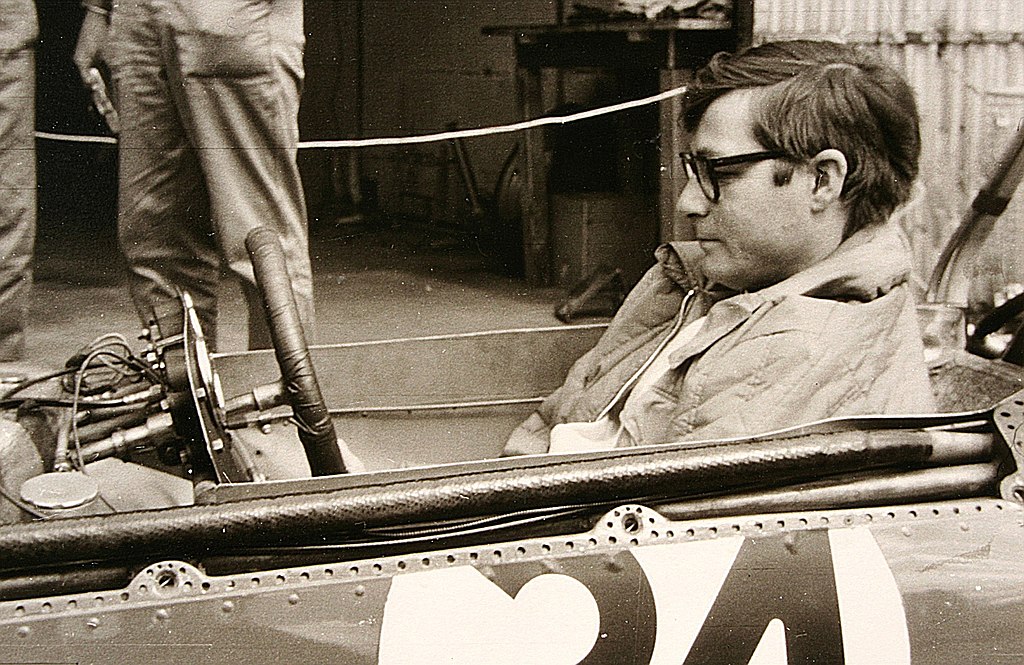 Lothar Spurzem, CC BY-SA 2.0, Wikimedia Commons
Lothar Spurzem, CC BY-SA 2.0, Wikimedia Commons
The 1965 Le Mans Miracle: A Second Chance
After crossing the finish line at Le Mans in 1965, Rindt faced a bizarre setback as he had already taken off his racing suit when his car unexpectedly sprang back to life. This unusual twist forced him to jump back into the race, underscoring both the unpredictable nature of endurance racing and his relentless determination to compete. It was a surreal second chance that highlighted the wild and unpredictable circumstances of that legendary race.
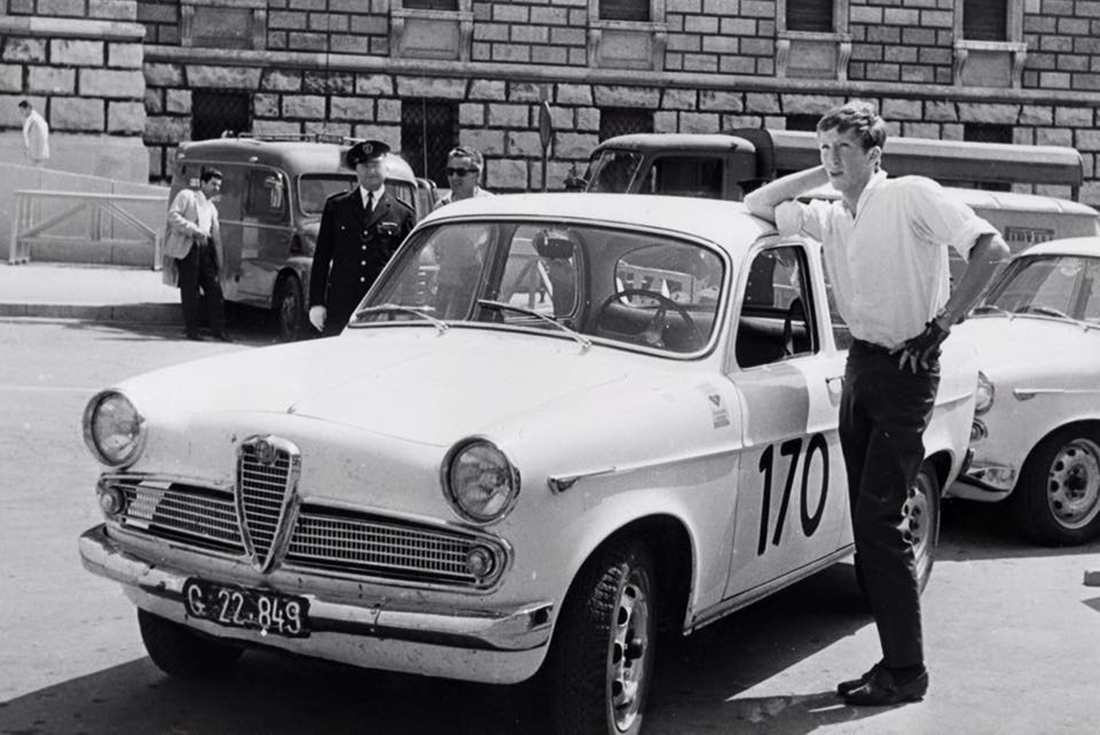 Unknown Artist, Wikimedia Commons
Unknown Artist, Wikimedia Commons
Early Seasons In Formula One
Between 1964 and 1967, Rindt honed his craft with teams like Rob Walker Racing and Cooper, steadily accumulating experience and points. He showed flashes of brilliance—particularly in 1966, when he placed third in the championship standings—despite often battling mechanical issues and tough competition. These formative years laid the groundwork for the dominant performances that would define his later career.
 Evers, Joost, CC BY-SA 3.0, Wikimedia Commons
Evers, Joost, CC BY-SA 3.0, Wikimedia Commons
Triumph With Lotus
After joining Lotus, Rindt’s fortunes soared, culminating in his remarkable 1970 season. He secured five wins in the first nine races and appeared poised for even more success before his tragic accident at Monza. His stellar results that year not only secured him the Drivers’ Championship but also solidified his status as one of Formula One’s most formidable talents.
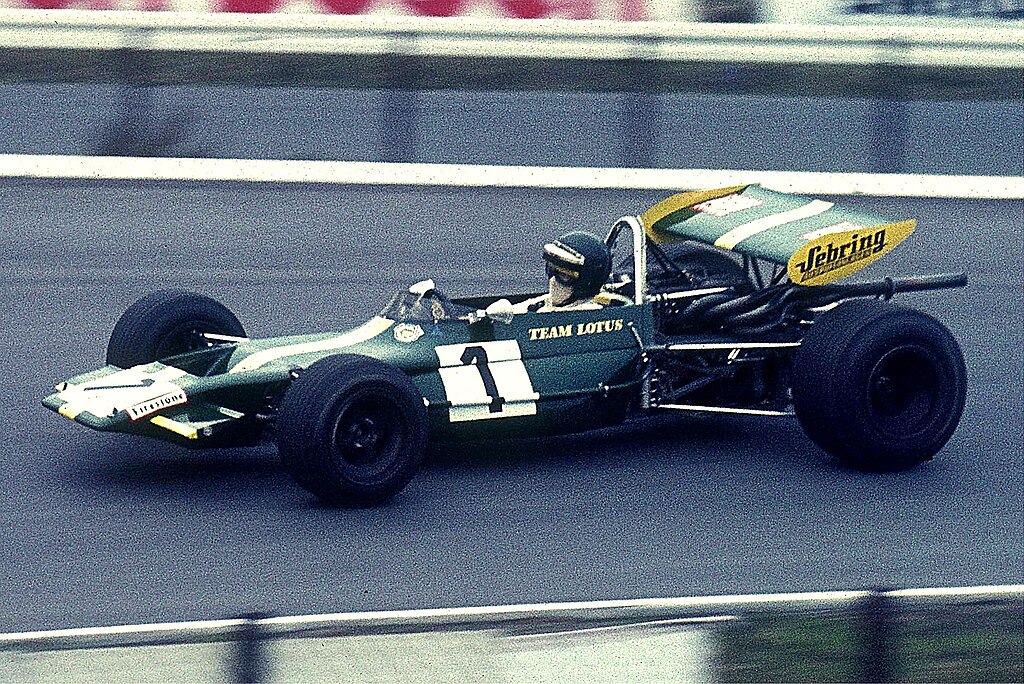 Lothar Spurzem, Wikimedia Commons
Lothar Spurzem, Wikimedia Commons
The Birth Of Austrian Osterreichring (Red Bull Ring)
Rindt’s international success sparked a surge of interest in motorsport back home in Austria. His achievements were a key factor in popularizing the sport, eventually leading to the construction of the Österreichring (now known as the Red Bull Ring). This development transformed Austria into a vibrant racing hub, driven by the excitement generated by his career.
 mandi 46, CC BY-SA 3.0, Wikimedia Commons
mandi 46, CC BY-SA 3.0, Wikimedia Commons
Dual Crowns In 1967
While Rindt’s 1967 Formula One campaign proved challenging, with a 13th-place finish overall, he shone brightly in other open-wheel series that year. He clinched top honors in both the Trophees de France and the RAC British F2 Championship, underscoring his versatility and speed outside of F1. This dual success showcased his ability to adapt to different racing formats, further cementing his reputation as a well-rounded motorsport talent.
Brake Light Trickery
Rindt was known for his daring driving style, often employing unconventional tactics to gain an edge on the competition. In one audacious maneuver, he manipulated his car’s brake lights using a manual lever, reportedly forcing a competitor to brake prematurely and allowing him to seize the lead. This clever use of even the smallest detail showcased his ability to turn risk into a strategic advantage, making his races both unpredictable and exciting.
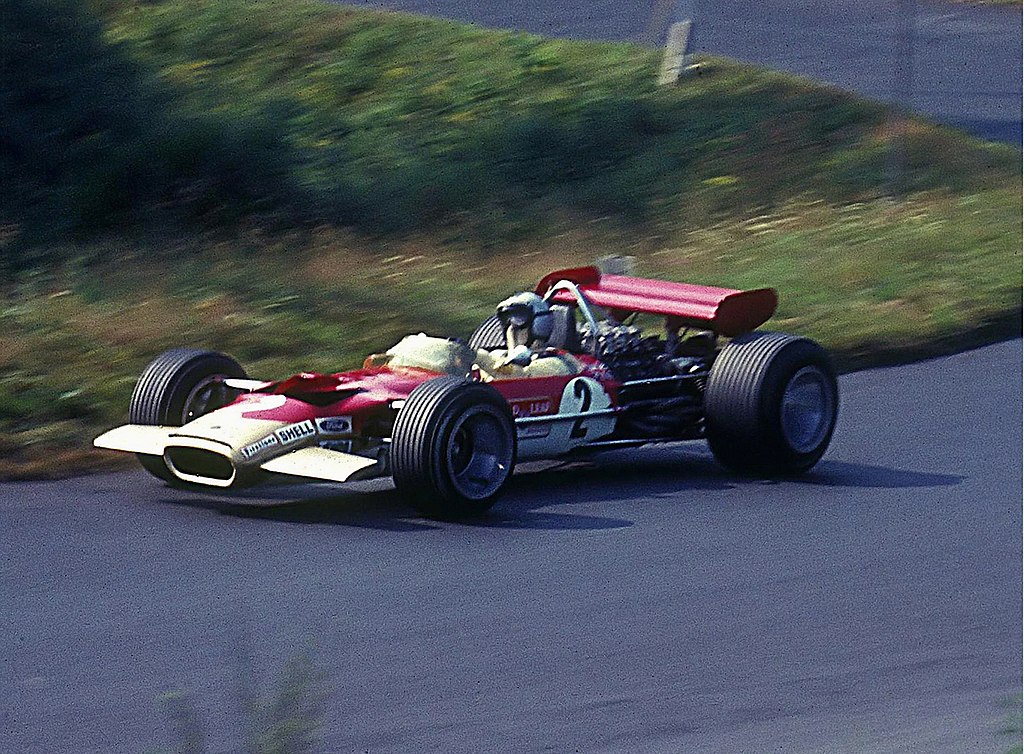 Lothar Spurzem, CC BY-SA 2.0, Wikimedia Commons
Lothar Spurzem, CC BY-SA 2.0, Wikimedia Commons
A Catalyst For Safety Reforms In Formula One
Despite his reputation for high-speed exploits, Rindt was notably concerned about driver safety and worked with peers like Jackie Stewart to push for stricter safety standards. He reportedly warned of the dangers on the track, especially after witnessing serious accidents firsthand. His outspoken stance helped catalyze much-needed changes in circuit safety and racing protocols.
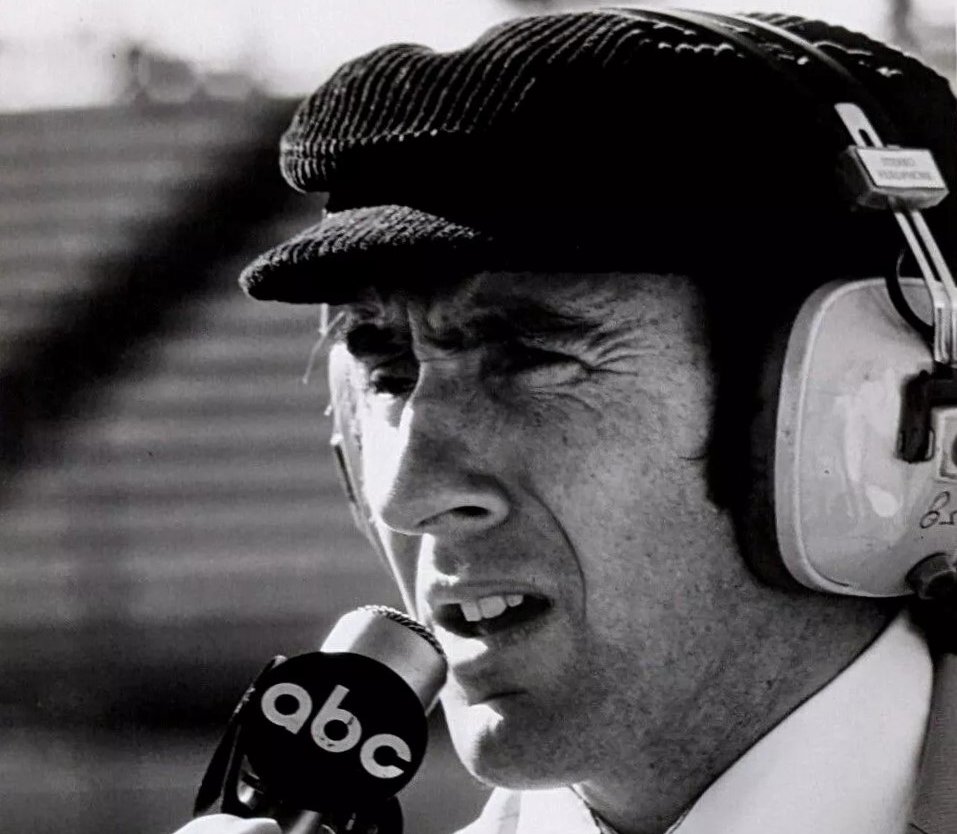 American Broadcasting Company, Wikimedia Commons
American Broadcasting Company, Wikimedia Commons
A Life Of High Speed And High Stakes
Rindt’s career was a rollercoaster of adrenaline and audacity, marked by his fearless approach both on and off the track. He once raced without a license for 18 months and impressed the international community by winning the London Trophy race at the Crystal Palace circuit on May 18, 1964. This bold move not only caught the attention of racing insiders but also set the stage for his meteoric rise in the world of motorsport.
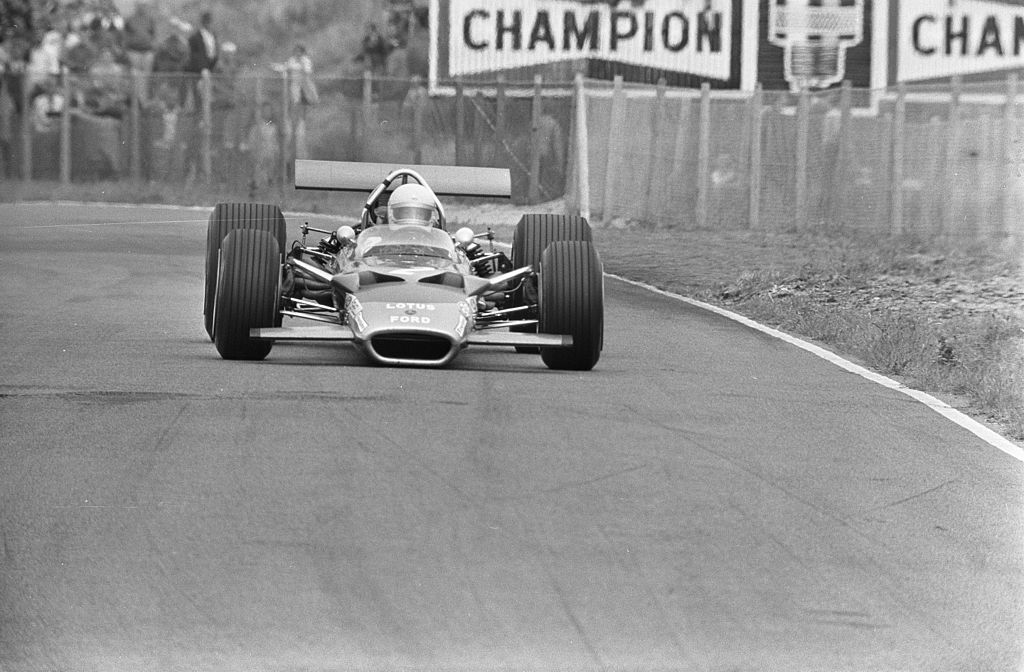 Evers, Joost, CC BY-SA 3.0, Wikimedia Commons
Evers, Joost, CC BY-SA 3.0, Wikimedia Commons
Bold Tactics In Formula Junior Racing
In his early Formula Junior days, Rindt’s aggressive tactics were already making headlines—he once exploited gaps left open for ambulances to overtake competitors. This unconventional approach showcased his ability to think quickly on his feet and seize opportunities when others hesitated. Such bold maneuvers not only won races but also cemented his reputation as a driver who wasn’t afraid to take calculated risks.
Notorious For Speed And Rule-Breaking Antics
Rindt’s disregard for rules wasn’t confined to the racetrack—he was well-known for his high-speed stunts on public roads, often taking his Jaguar E-Type out for daring drifts through the streets of Vienna. In one audacious incident, he flipped a Mini Cooper during an autocross demonstration, an act that drew widespread criticism, especially given that his pregnant wife was in the car. These rebellious exploits added to his larger-than-life persona, making his reputation as one of motorsport’s most captivating and controversial figures.
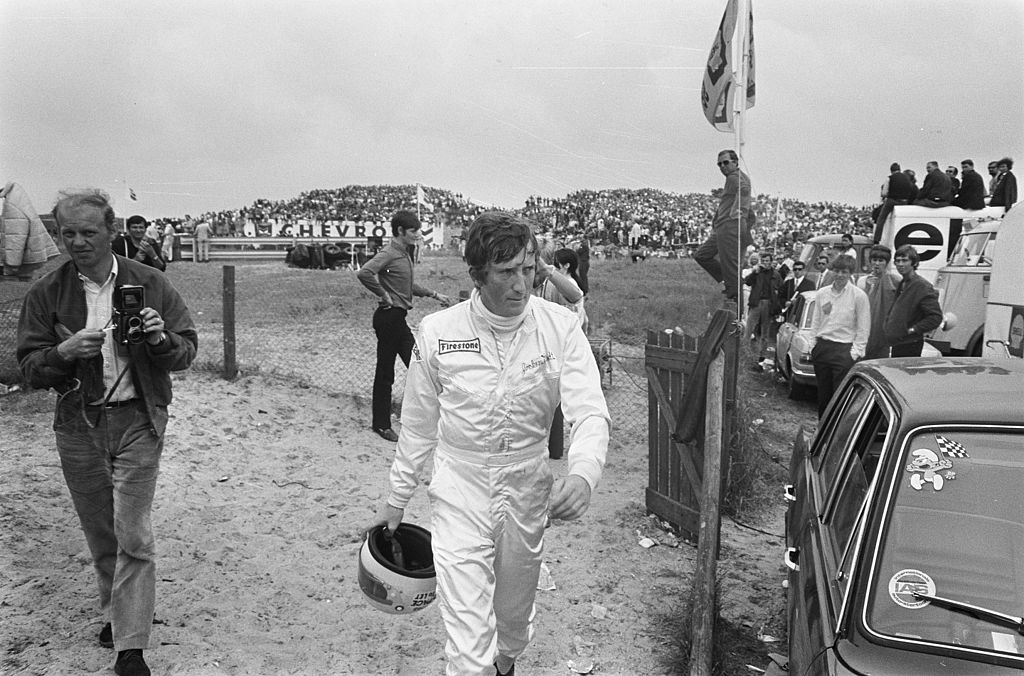 Evers, Joost, CC BY-SA 3.0, Wikimedia Commons
Evers, Joost, CC BY-SA 3.0, Wikimedia Commons
Motorama: Bringing Racing To The TV Screen
Beyond his exploits on the track, Rindt hosted a monthly TV show called Motorama, where he discussed road safety and the ins and outs of motorsport. The show provided viewers with a unique, behind-the-scenes look at racing, blending expert insights with his characteristic wit. Motorama offered a refreshing perspective on the sport, reinforcing his role not just as a driver, but as an engaging and multifaceted public personality.
 Evers, Joost, CC BY-SA 3.0, Wikimedia Commons
Evers, Joost, CC BY-SA 3.0, Wikimedia Commons
Bernie Ecclestone: The Man Who Grew A Racing Empire
Rindt’s friend and manager, Bernie Ecclestone, went on to become one of the most influential figures in Formula One. He began by managing Rindt's contracts and commercial deals, showing early on a knack for the business side of racing. Reportedly, Ecclestone's guidance during those formative years laid the groundwork for a major empire in motorsport management.
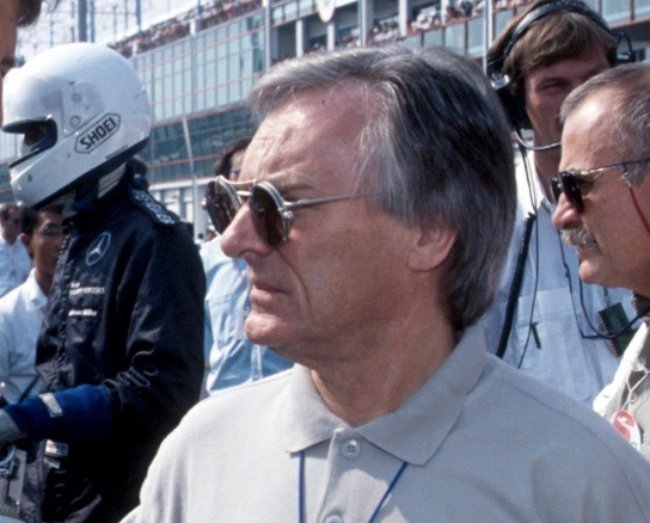 Fotopedia.com, CC BY 2.0, Wikimedia Commons
Fotopedia.com, CC BY 2.0, Wikimedia Commons
Rindt’s Bold Warning
When Rindt joined Lotus in 1969, he voiced his unease about the team’s reputation for unreliability by famously stating, “At Lotus, I can either be world champion or die”. This candid warning reflected his deep-seated concerns about safety and performance in one of Formula One’s most volatile environments.
Disdain For Oval Racing: The Indianapolis 500 Rebuff
Rindt was famously dismissive of oval racing, particularly the Indianapolis 500, which he once labeled as “catastrophic” and participated in only for the money. His clear preference for the technical challenges of road courses reflects a deep commitment to precision and innovation, qualities he believed were essential to truly competitive racing. This candid critique not only highlights his distinct racing philosophy but also underscores his determination to pursue a style of racing that demands skill and strategic finesse.
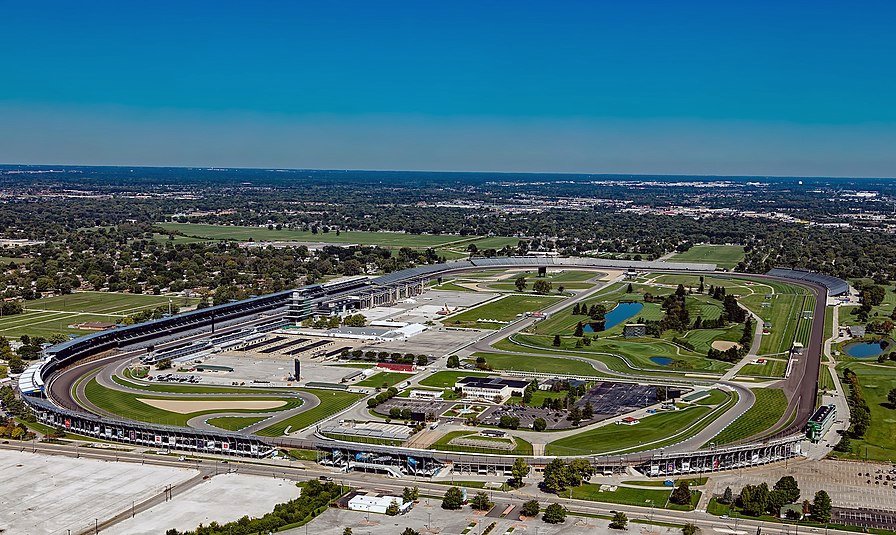 tpsdave, CC0, Wikimedia Commons
tpsdave, CC0, Wikimedia Commons
A Safety Crusader On The Track
Despite his reputation for aggressive driving, Rindt was deeply committed to improving safety in motorsport. He actively campaigned alongside Jackie Stewart to push for better racing conditions, often voicing his concerns about the dangers on the track. His efforts contributed to vital safety reforms, proving that his bold driving was matched by a responsible approach to risk management.
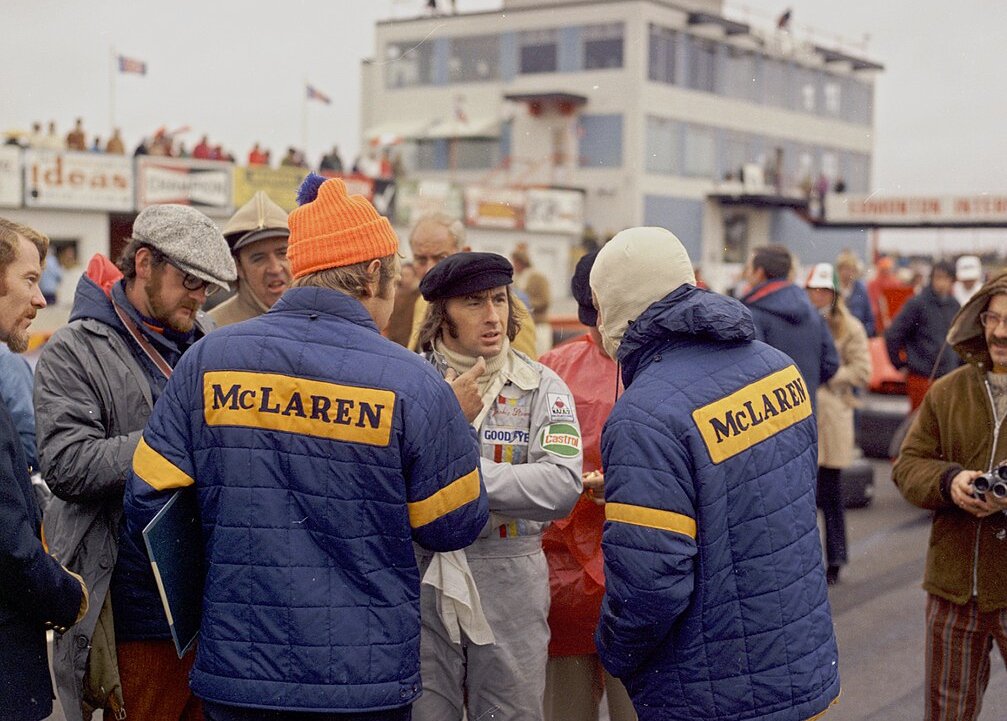 Provincial Archives of Alberta, Wikimedia Commons
Provincial Archives of Alberta, Wikimedia Commons
The Monaco Miracle
At the 1970 Monaco Grand Prix, Rindt pulled off one of the most jaw-dropping comeback wins in racing history. Overtaking Jack Brabham on the final corner after Brabham misjudged his braking, he turned a potential defeat into a stunning triumph. This bold move on Monaco’s tight, twisting circuit demonstrated his razor-sharp instincts under pressure, with every second counting.
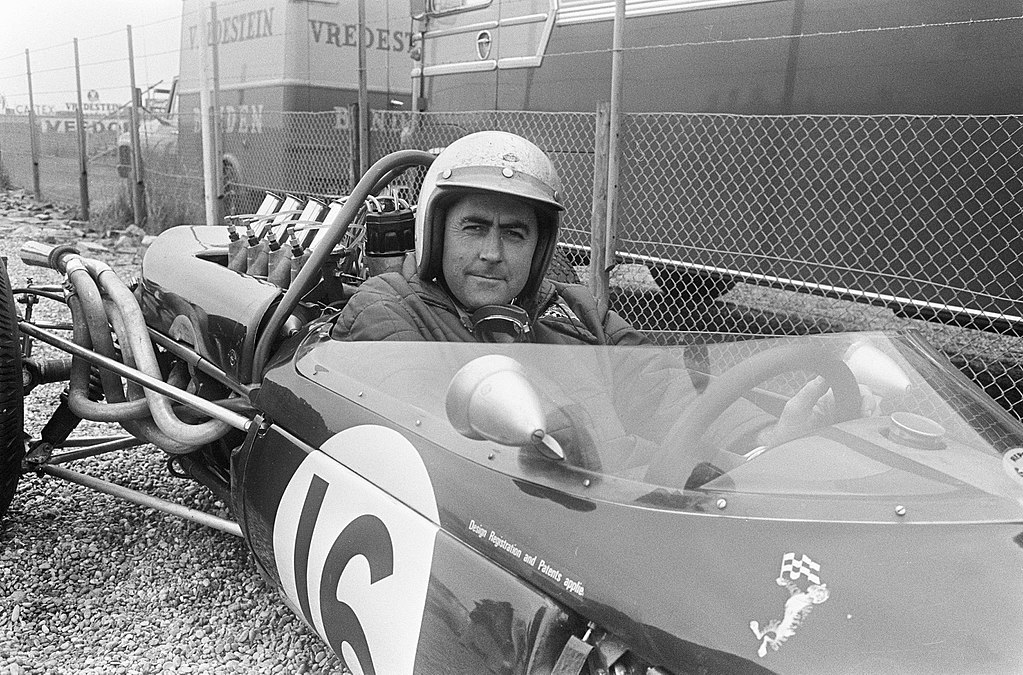 Eric Koch, CC BY-SA 3.0, Wikimedia Commons
Eric Koch, CC BY-SA 3.0, Wikimedia Commons
History’s Closest Four-Way Finish At Monza
At the 1969 Italian Grand Prix in Monza, Rindt was part of a race that ended in the tightest four-way finish ever recorded in Formula One. He finished second, trailing Jackie Stewart by a mere 0.08 seconds—a gap so minuscule it left fans speechless. The razor-thin margin between the top contenders showcased the intensity of the competition on one of the sport’s fastest tracks.
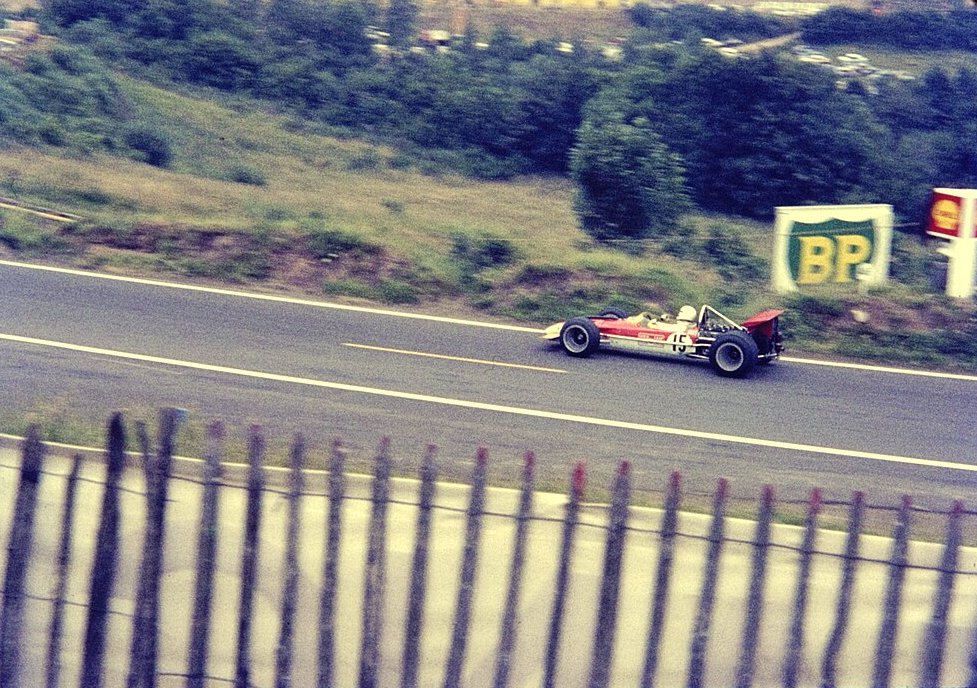 ZANTAFIO56, CC BY-SA 2.0, Wikimedia Commons
ZANTAFIO56, CC BY-SA 2.0, Wikimedia Commons
A Motorsport Exhibition Legacy
Rindt co-founded an exhibition originally known as the Jochen-Rindt-Show, which later evolved into the renowned Essen Motor Show. This event quickly became a major attraction, drawing thousands of visitors and spotlighting the latest in automotive innovation and motorsport culture. Its success not only boosted the profile of motorsport in Europe but also reflected Rindt’s flair for promotion and his deep passion for racing.
Signing With Lotus At The Last Minute
Despite the allure of a competitive machine, Rindt was initially hesitant to join Lotus, fearing the team’s notorious unreliability. In a bold move, he signed the contract just days before the Spanish Grand Prix, driven by a mix of necessity and ambition. This last-minute commitment exemplified his willingness to take calculated risks, a gamble that would later define pivotal moments in his racing career.
 Evers, Joost, CC BY-SA 3.0, Wikimedia Commons
Evers, Joost, CC BY-SA 3.0, Wikimedia Commons
Tense Ties With Colin Chapman
Rindt’s relationship with Lotus boss Colin Chapman was anything but smooth—especially after a suspension failure nearly cost him his life. He didn’t hold back, publicly blaming Chapman for critical safety oversights that almost turned his career into a tragedy. This episode put a spotlight on the dangerous trade-off between innovative design and reliable safety measures, a tension that would later force changes in the sport.
 Joost Evers, CC0, Wikimedia Commons
Joost Evers, CC0, Wikimedia Commons
“To Get Any Wisdom Into Colin Chapman’s Head Is Impossible”
After his crash at the Spanish Grand Prix, Rindt didn’t mince words when he declared, “To get any wisdom into Colin Chapman’s head is impossible.” His blunt statement resonated with many, capturing his deep frustration with Lotus’ approach to safety. This candid outburst underscored the driver’s relentless demand for reliability in an environment where every millisecond could mean life or fatality.
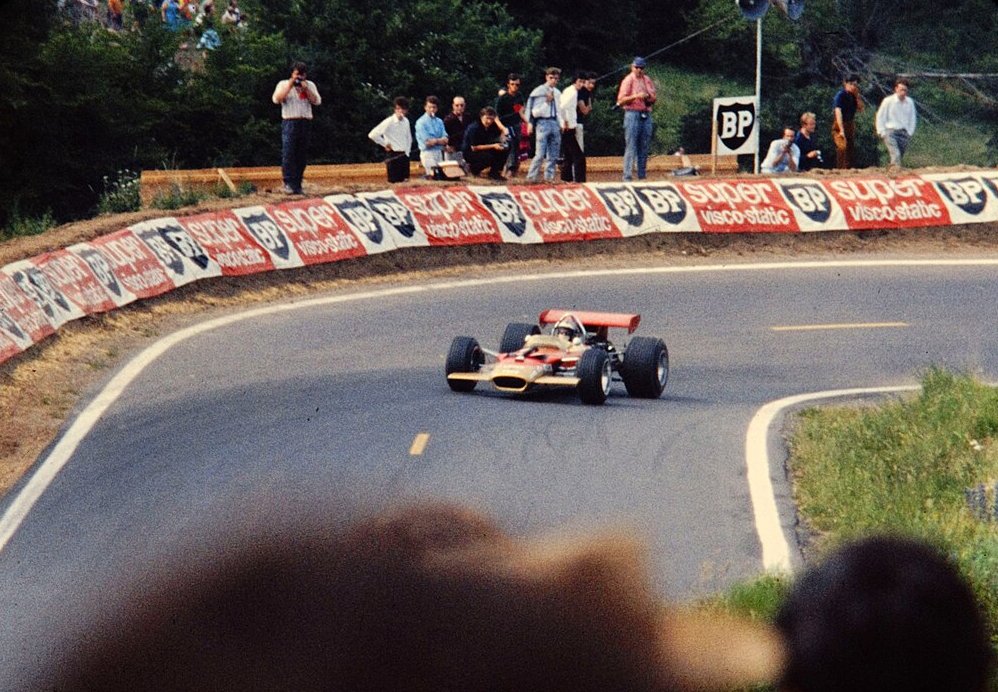 ZANTAFIO56, CC BY-SA 2.0, Wikimedia Commons
ZANTAFIO56, CC BY-SA 2.0, Wikimedia Commons
Tragic Farewell
Despite his prowess on the track, Rindt’s earlier warning about the Lotus team would sadly come to fruition. On 5 September 1970, Jochen Rindt tragically lost his life at the Monza Circuit in Lombardy, Italy, at just 28 years old. This date is a stark, factual marker in motorsport history, underscoring the inherent dangers of high-speed racing. His untimely demise stands as a clear reminder of the risks drivers faced during that era.
A Critical Miscalculation
In an effort to facilitate a quicker exit during emergencies, Rindt opted against using the full five-point safety harness, believing it would slow him down in case of fire. This controversial choice ultimately contributed to the severity of his fatal injuries when the harness failed to keep him securely in place. His decision sparked heated debates within the racing community about the balance between driver freedom and essential safety, marking a somber lesson in risk assessment.
 Evers, Joost, CC BY-SA 3.0, Wikimedia Commons
Evers, Joost, CC BY-SA 3.0, Wikimedia Commons
Exposing Safety Flaws: The Monza Tragedy
Rindt’s fatal accident at Monza in 1970 laid bare critical safety deficiencies that had long plagued the sport. The crash exposed issues like poorly installed crash barriers and inadequate safety gear, prompting an urgent call for reform. In the wake of this tragedy, significant changes were implemented to improve barrier design and enforce stricter safety regulations across Formula One.
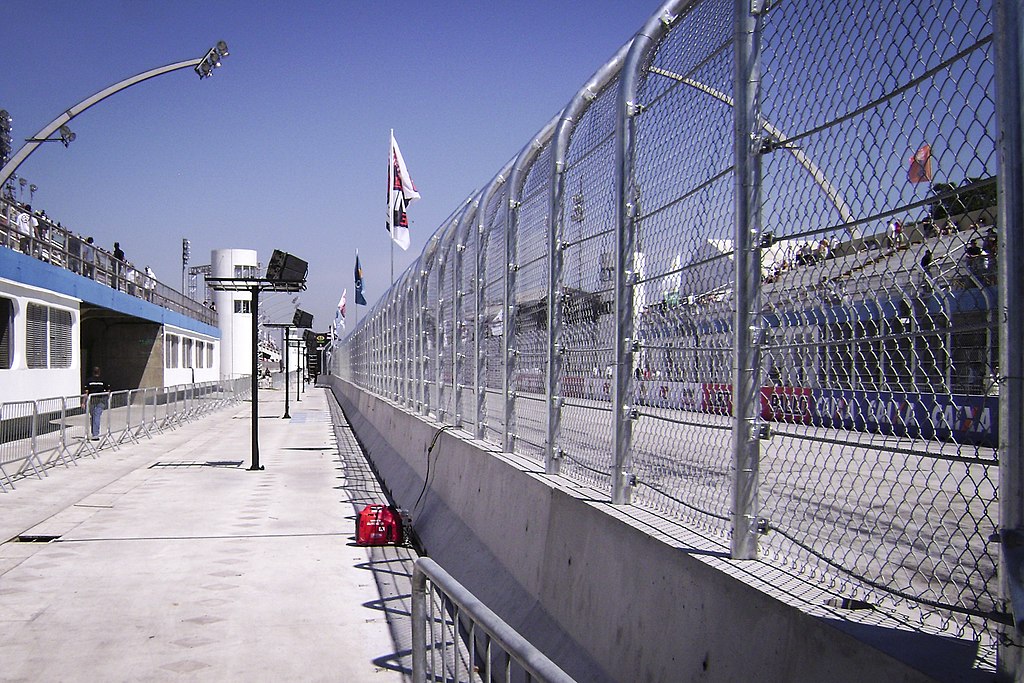 Deni Williams, CC BY 2.0, Wikimedia Commons
Deni Williams, CC BY 2.0, Wikimedia Commons
Honoring A Legend: The Rindt Kurve At The Red Bull Ring
In a fitting tribute to his impact on motorsport, the penultimate corner of the Red Bull Ring in Austria is named the “Rindt Kurve”. This landmark serves as a constant reminder of his high-speed prowess and his influential role in Austrian racing culture. The named corner has become a celebrated feature among fans and drivers alike, marking a permanent homage on a world-class circuit.
The Jochen Rindt Memorial Trophy
As a testament to his extraordinary contributions to racing, the Jochen Rindt Memorial Trophy was introduced in Formula Two competitions. This trophy stands as a competitive symbol, inspiring new generations of racers to push their limits. Its continued presence in the sport underscores the respect and admiration held for Rindt’s relentless drive and remarkable talent.
 Evers, Joost, CC BY-SA 3.0, Wikimedia Commons
Evers, Joost, CC BY-SA 3.0, Wikimedia Commons
A Touching Tribute: Nina Rindt’s Championship Presentation
In a deeply symbolic ceremony, Rindt’s widow, Nina Rindt, presented the championship trophy on his behalf, with Jackie Stewart leading the event. This poignant moment encapsulated the bittersweet nature of his posthumous win and brought a human face to the triumph. Held on November 18, 1970, this ceremony remains a definitive marker of Rindt’s unique and enduring place in Formula One history.
 Ismo Holtto, Wikimedia Commons
Ismo Holtto, Wikimedia Commons
The Italian Court Investigation And Trial
Following his fatal accident, the Italian authorities launched a full-blown investigation into the safety failures that contributed to Rindt’s demise. The case even led to a trial against Colin Chapman, though he was ultimately cleared in 1976. This lawful battle not only questioned the safety standards of the time but also prompted a reevaluation of risk management in Formula One.
Fatal Flaws In Crash Barriers
Rindt’s demise was a stark reminder of the uncertainty of outdated track safety measures when his car collided with a metal guardrail that split on impact. The failure of these barriers to provide adequate protection brought long-overdue attention to the importance of proper crash structures. This incident became a turning point, pushing for significant improvements in barrier design and overall track safety.
Rindt’s Career At A Glance
Jochen Rindt competed in Formula One from 1964 to 1970, entering 62 Grands Prix (with 60 starts) across teams like Walker, Cooper, Brabham, and Lotus. He earned 6 wins, 13 podiums, 10 pole positions, and famously clinched the 1970 World Championship—still the sport’s only posthumous title. His first victory came at the 1969 United States Grand Prix, and he recorded his last win at the 1970 German Grand Prix before making his final start at Monza later that year.
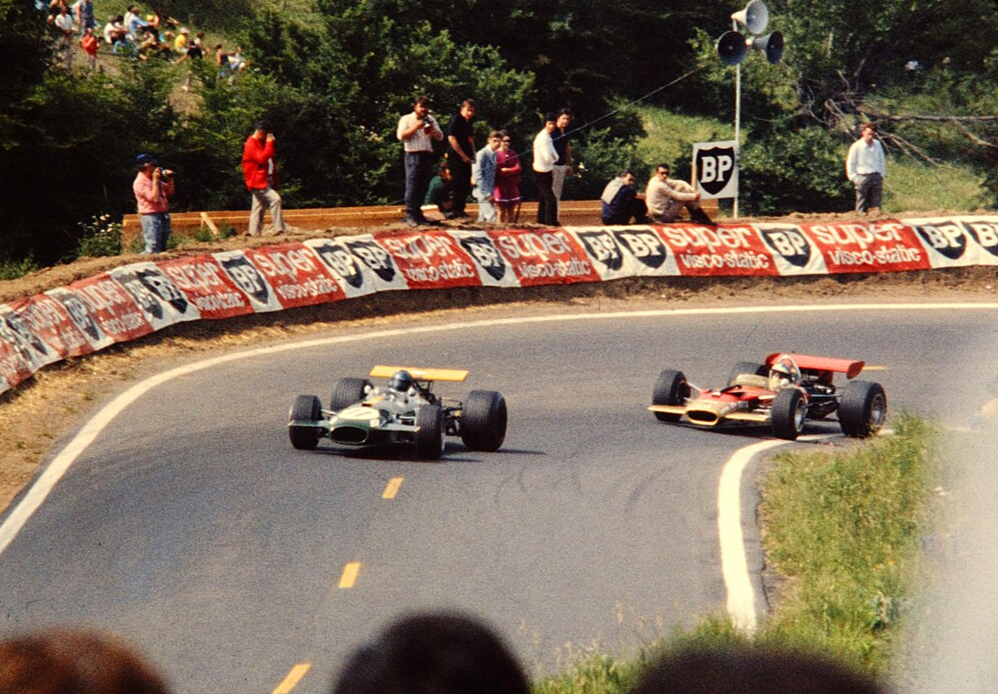 ZANTAFIO56, CC BY-SA 2.0, Wikimedia Commons
ZANTAFIO56, CC BY-SA 2.0, Wikimedia Commons
Conquering Le Mans
Beyond single-seaters, Rindt showcased his versatility in endurance racing from 1964 to 1967, driving for NART, Ford, and Porsche. In a defining moment, he took the overall win at the 1965 24 Hours of Le Mans—a feat that proved his talent wasn’t limited to Formula One. With one class victory and an overall triumph at Le Mans, he cemented his reputation as a true all-rounder in motorsport.
You May Also Like:
F1 Drivers Who Died On The Track
NASCAR’S First Victim On The Track
NASCAR Drivers Who Died On The Track
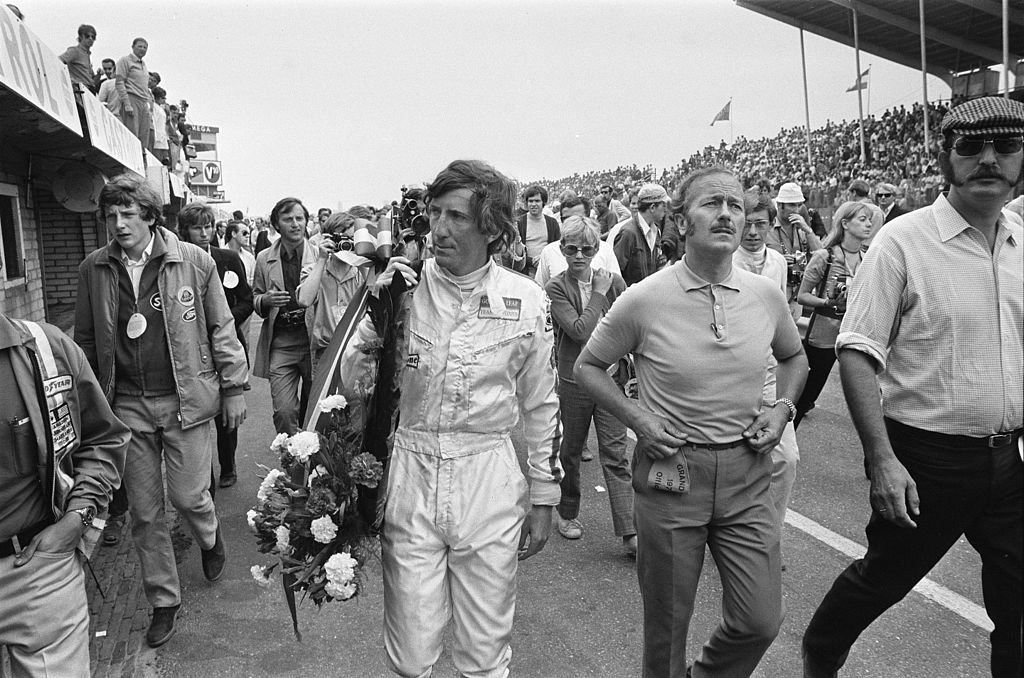 Evers, Joost, CC BY-SA 3.0, Wikimedia Commons
Evers, Joost, CC BY-SA 3.0, Wikimedia Commons
Source: 1


